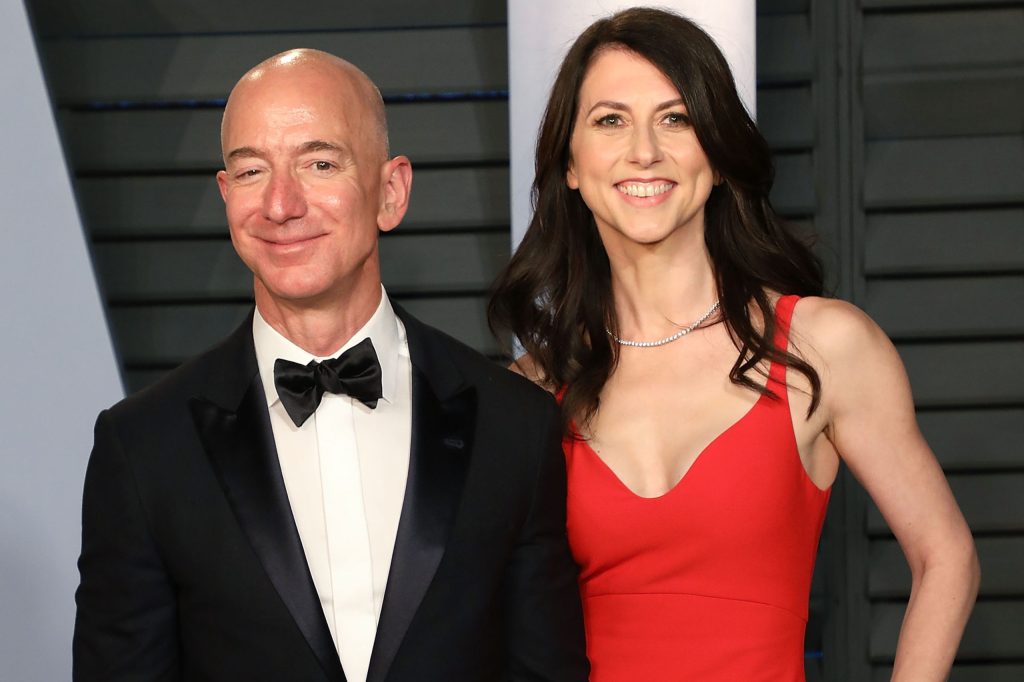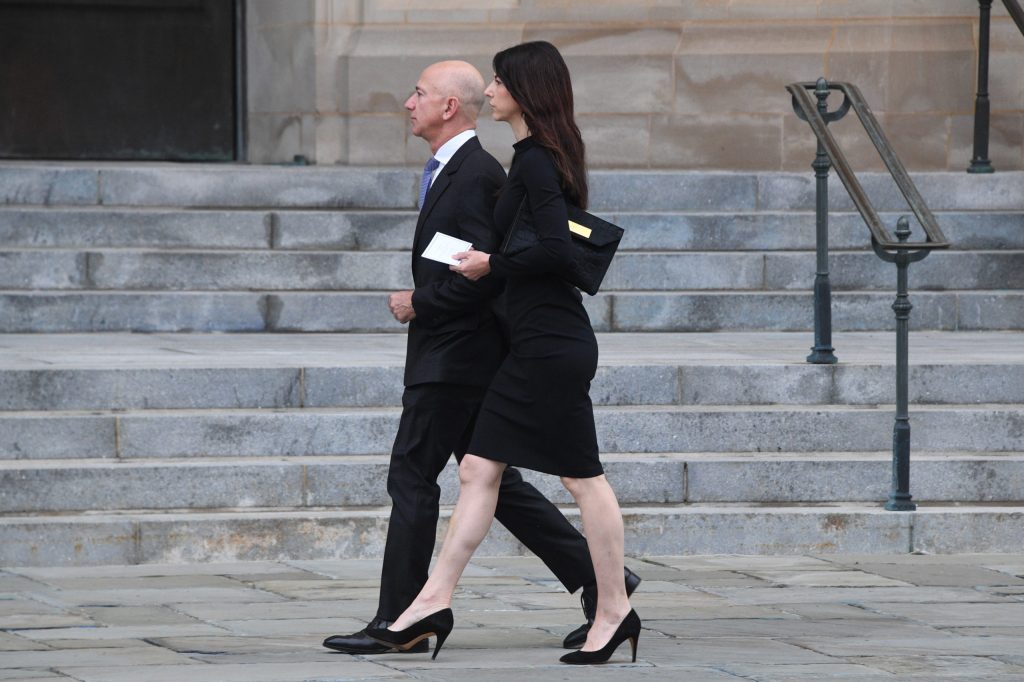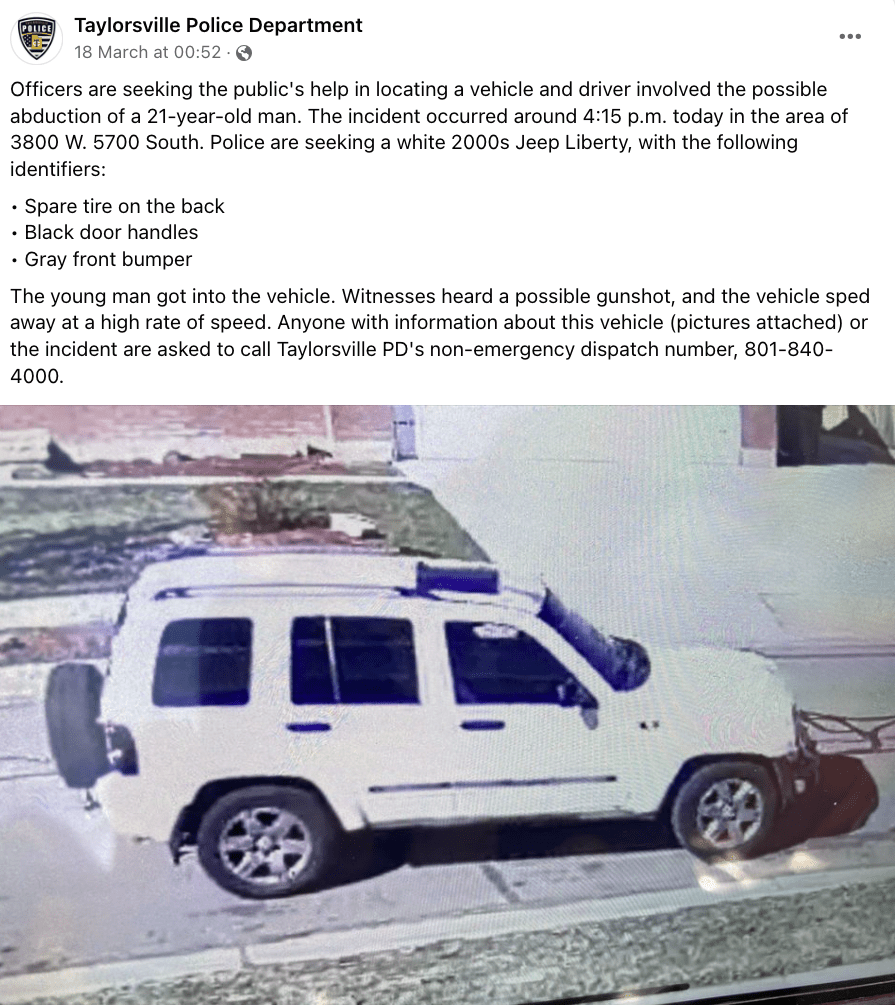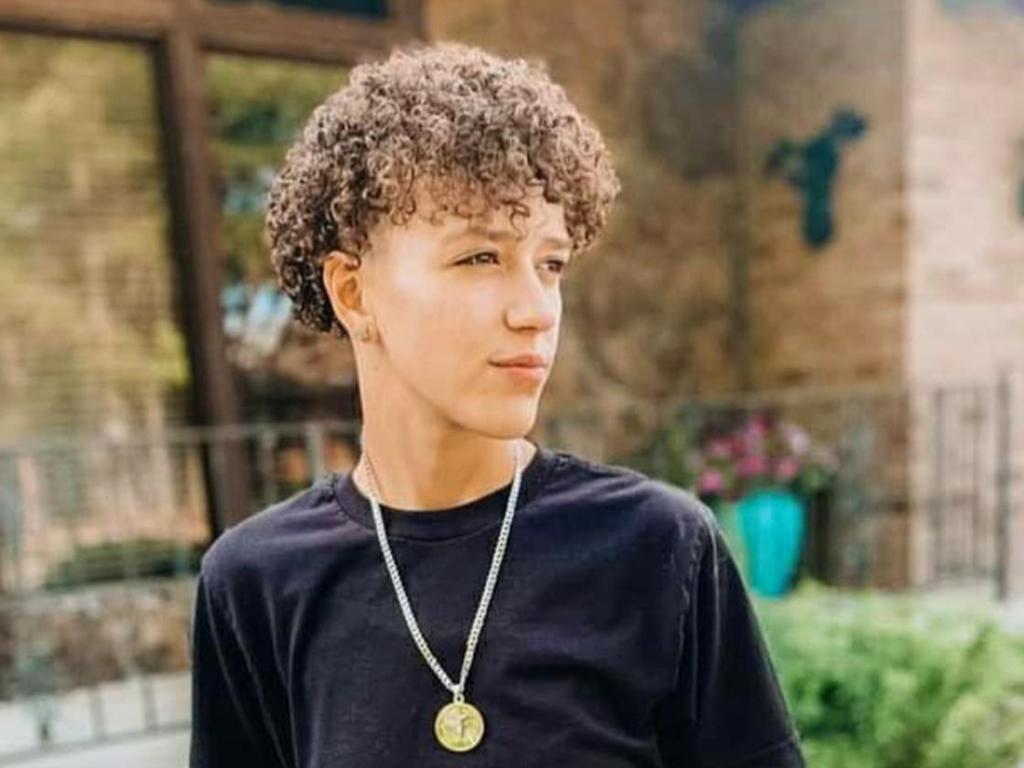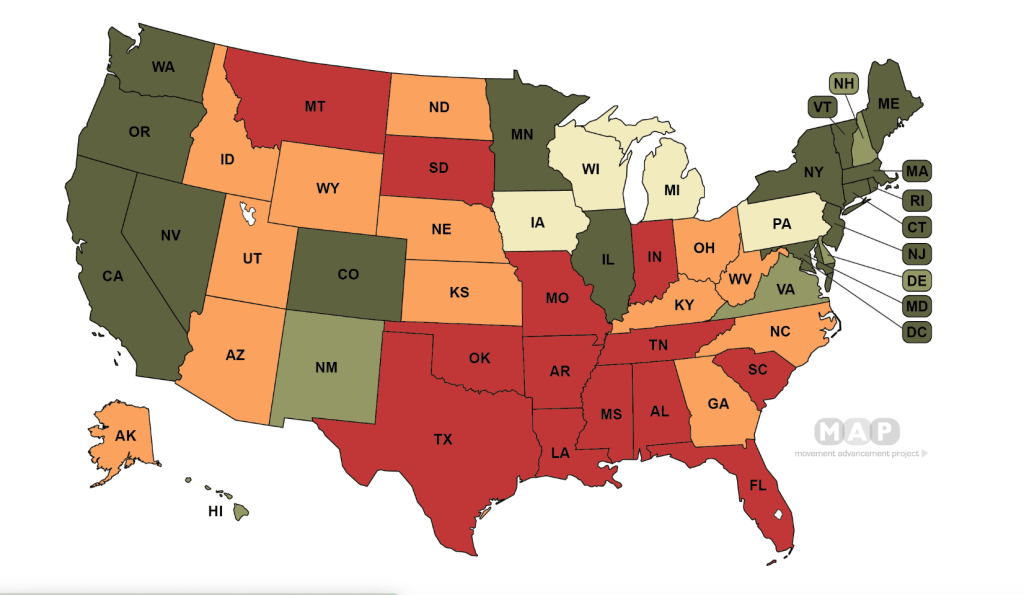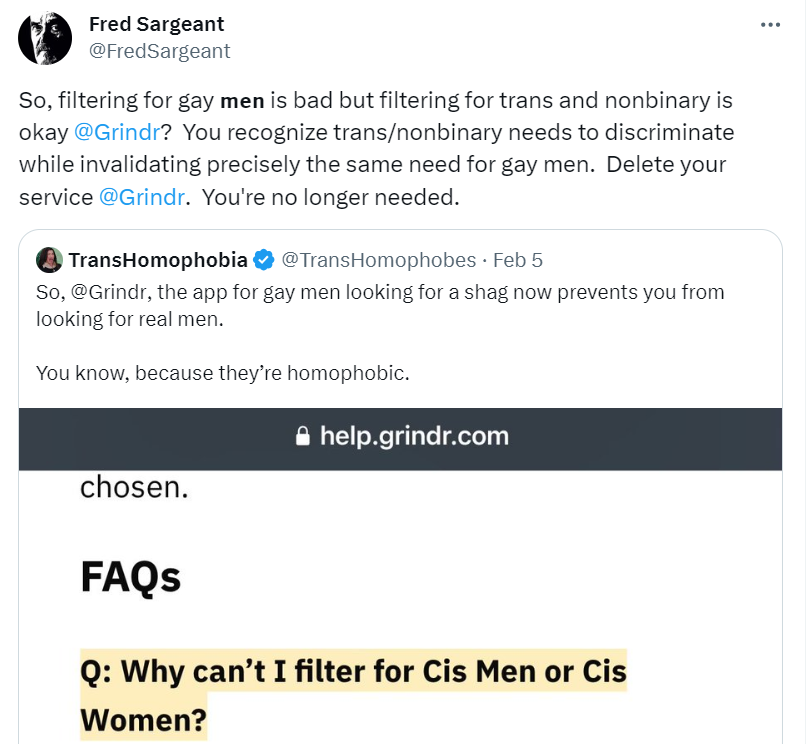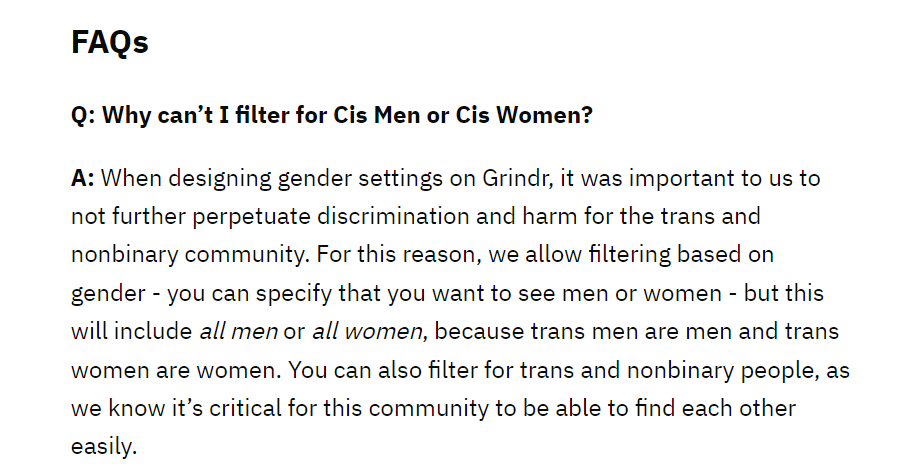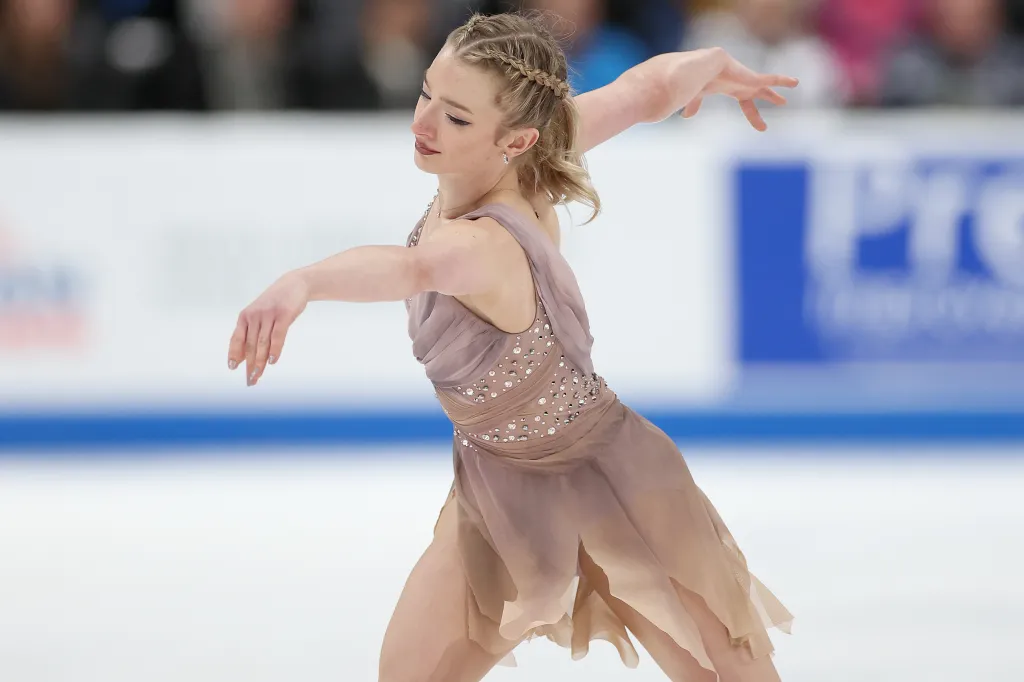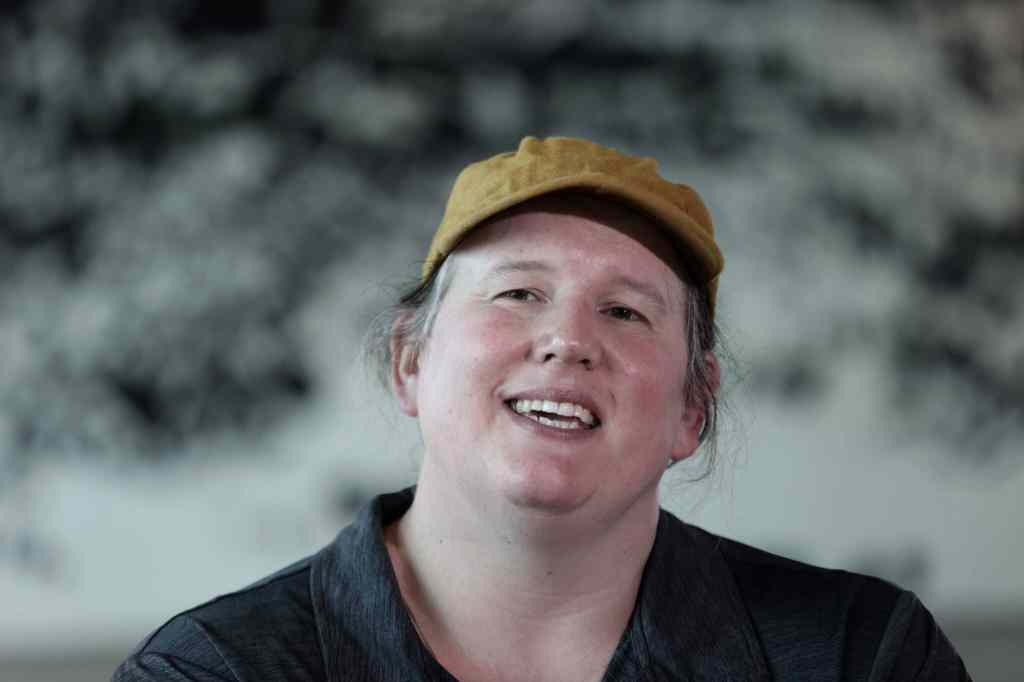Man on night out with boyfriend left with broken eye socket after homophobic ‘hate crime’ attack
Police in Bristol, UK are hunting for two men in connection with an alleged homophobic hate crime.
On January 30, at 2am, a man in his 20s was violently assaulted outside an LGBTQ+ friendly Irish bar in Bristol.
The BBC reports that he suffered a broken nose, eye socket and cheekbone, as well as a split eyebrow, and had to be dragged to safety by his friends.
The victim was enjoying a night out with his partner in Bristol when he was assaulted.
Last month, he told the BBC that the incident had made him feel that “homophobia is still an issue in this country”.
“I have been out since but even walking from the bar to the taxi I was really on edge. You always think ‘it won’t happen to me’,” he added.
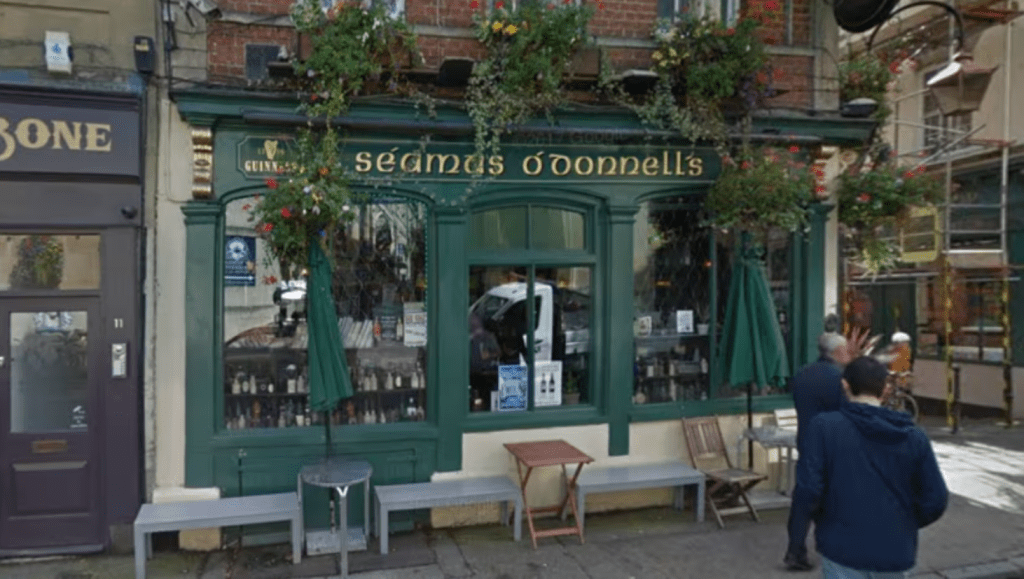
“It was just a regular night, the pub had a drag event on and they were handing out paper pride flags.
“My boyfriend was given one and we went outside when we were approached by someone who ripped the flag out of his hand and started stamping on it.
“They were trying to get a reaction out of us, calling us homophobic slurs.”
He told the BBC that his boyfriend was also attacked during the violent incident, which he said “blindsided” him and left him with “horrific” bruising.
One man has already come forward in connection with the attack, however police are still trying to identify the other two men. A CCTV image of the pair was re-shared on X/Twitter on March 29 in an attempt to move the investigation forward.
Chief Inspector Vicks Hayward-Melen said: “Our investigation into this concerning incident is progressing and we now want to identify the three men in the CCTV image released, as we believe they can help us with our enquiries. If this is you, or if you know who any of the men are, please call us.
“We will be keeping the victim, members of the LGBTQ+ community, and the owners of the Seamus O’Donnell’s bar updated on the latest developments.”
Speaking to the BBC in February about the alleged hate crime, the man said he was “worried” that those responsible had not been found.
He said: “I do worry that I’d be recognised if I’m out in Bristol and it is hard to enjoy yourself when that’s on your mind. I am Bristolian, I have lived here all my life, and I have always felt safe here and accepted.
“For me to experience something like this in my home city is really upsetting.”
